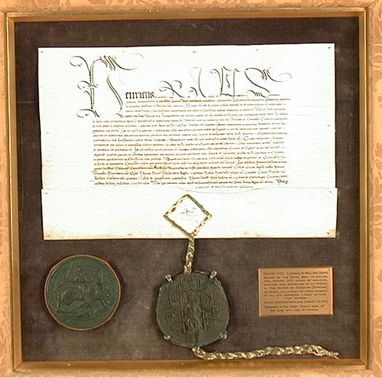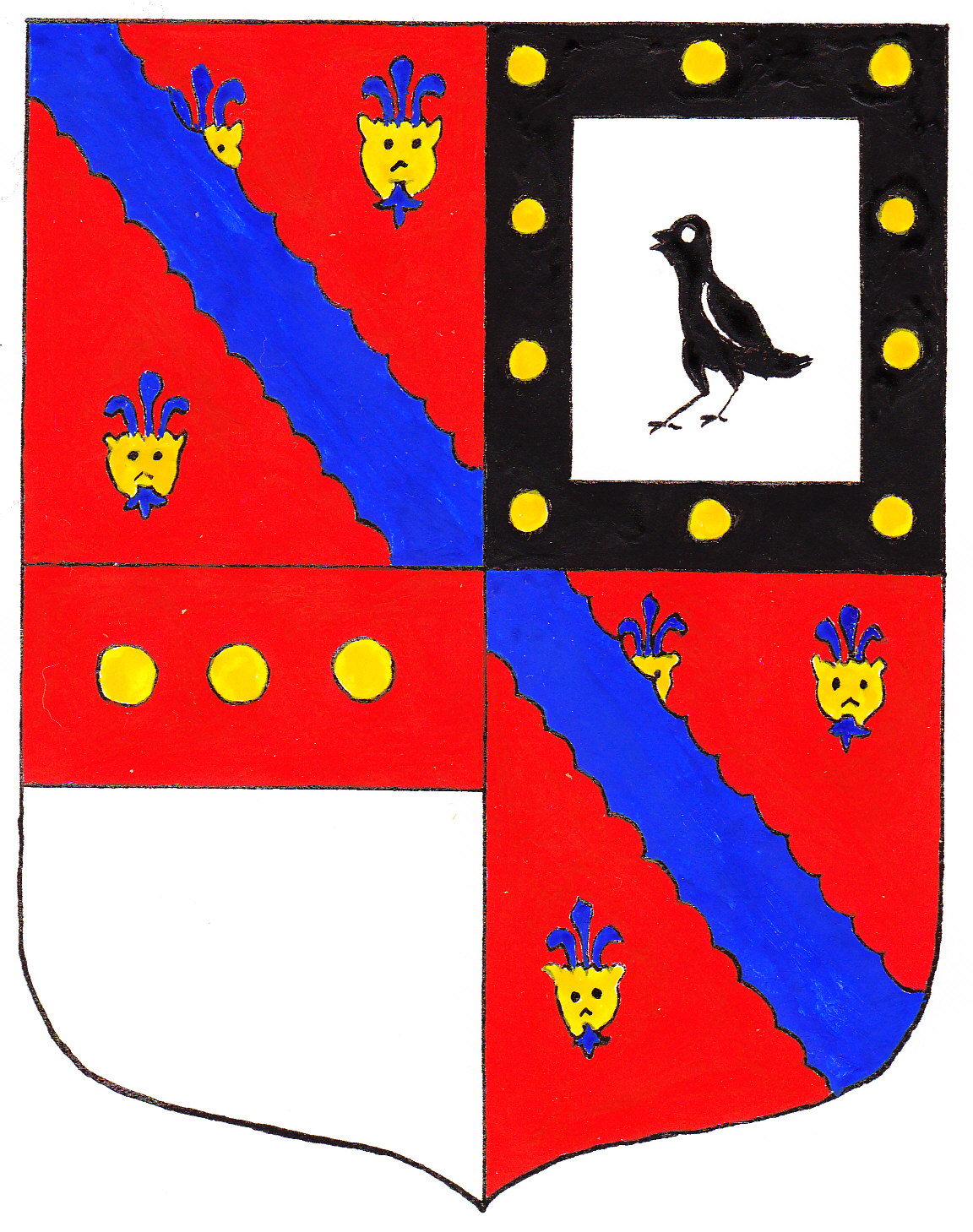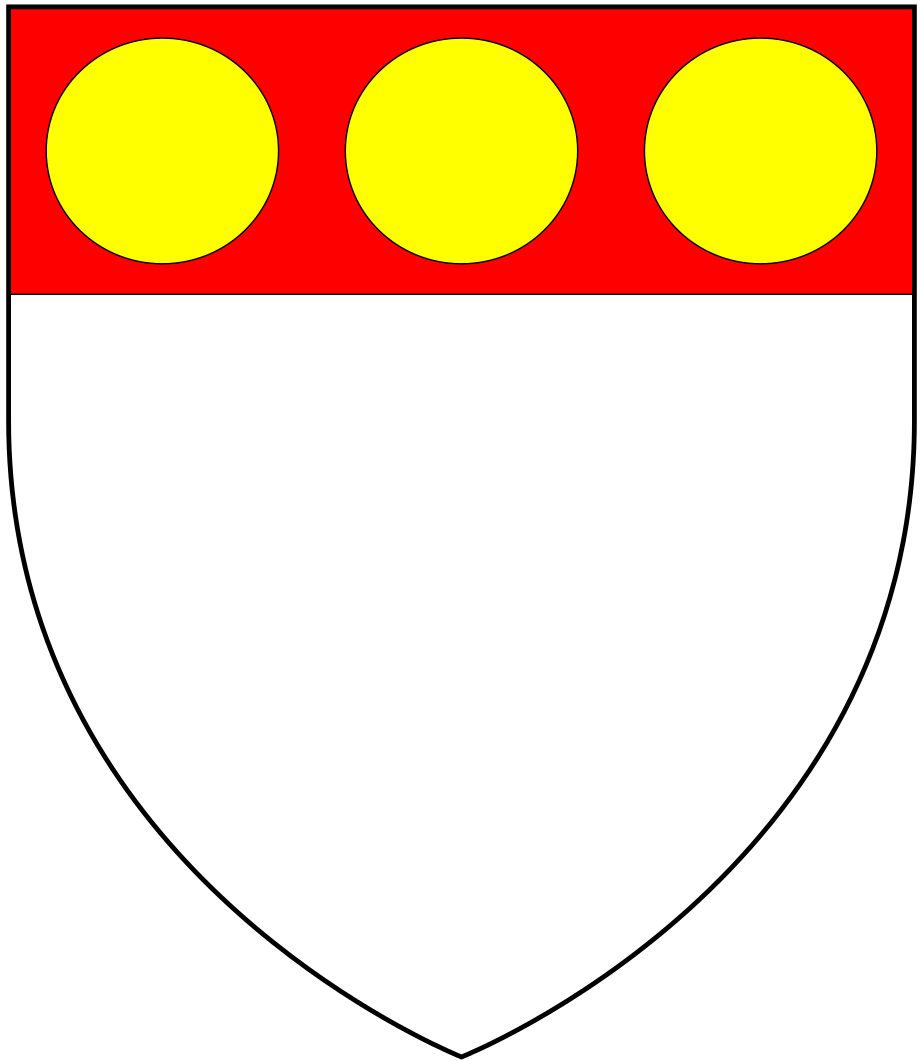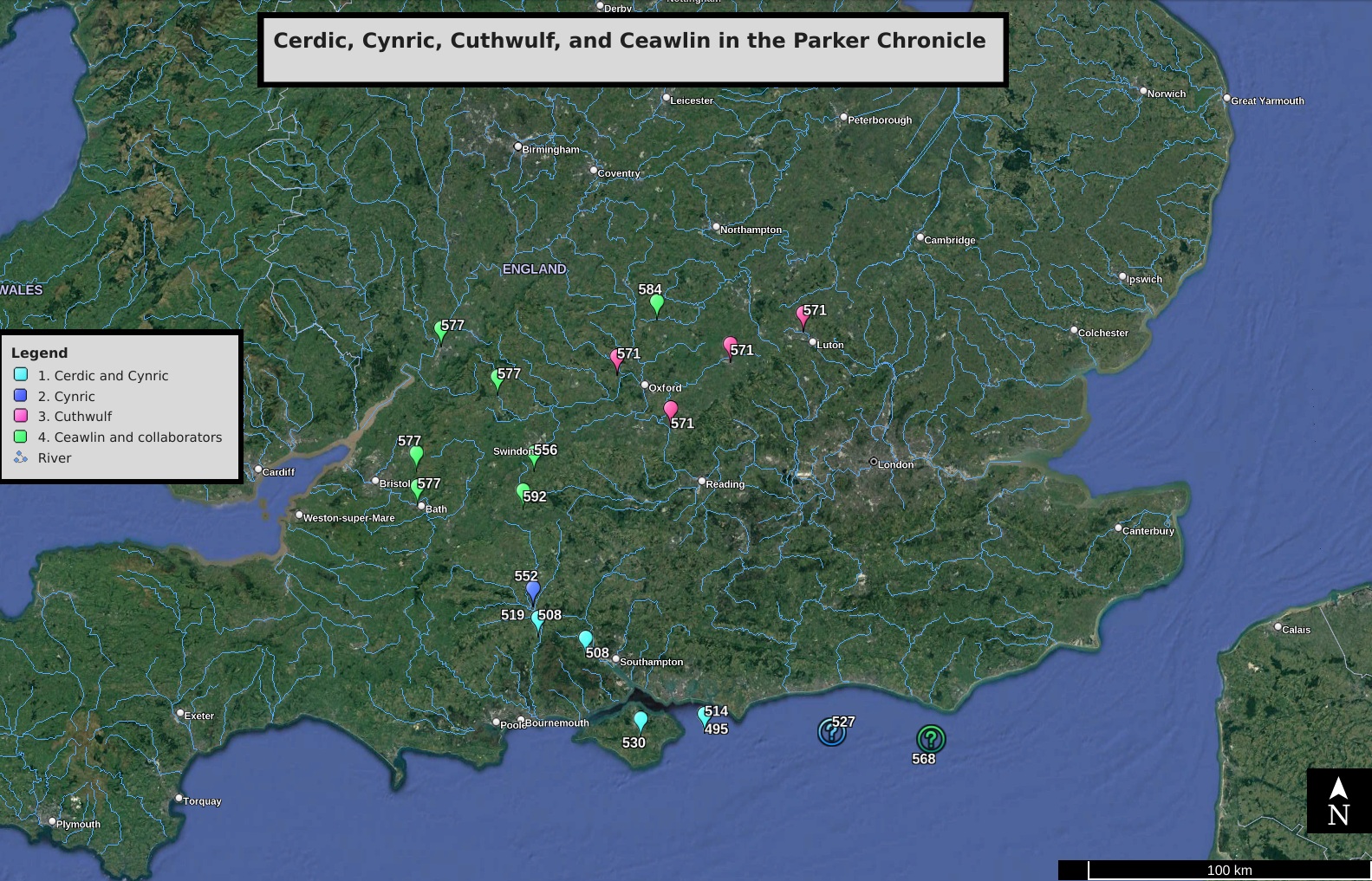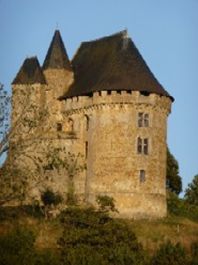|
Dyrham
Dyrham is a village and parish in South Gloucestershire, England. Location and communications Dyrham is at lat. 51° 29' north, long. 2° 22' west (). It lies at an altitude of 100 metres above sea level. It is near the A46 trunk road, about north of Bath and a little south of the M4 motorway. The Cotswold Way long-distance footpath runs through the village. Administration Dyrham is administered by the civil parish of Dyrham & Hinton and by the unitary authority of South Gloucestershire. The population of this parish was 296 at the 2011 census. Etymology The name of Dyrham is first attested in the ''Anglo-Saxon Chronicle'', which took its present form in the later ninth century, and in tenth-century charters, as ''Deorham''. This name it thought to derive from the Old English words ("wild animal, deer") and ("enclosed land, river meadow"). Thus it probably once meant "deer enclosure". History Dyrham is thought to have been the location of a battle portrayed i ... [...More Info...] [...Related Items...] OR: [Wikipedia] [Google] [Baidu] |
Dyrham Park
Dyrham Park () is a baroque English country house in an ancient deer park near the village of Dyrham in South Gloucestershire, England. The house, with the attached orangery and stable block, is a Grade I listed building, while the park is Grade II* listed on the National Register of Historic Parks and Gardens. The current house was built for William Blathwayt in stages during the 17th and early 18th centuries on the site of a previous manor house, with the final façade being designed by William Talman. It contains art works and furniture from around the world, particularly Holland, and includes a collection of Dutch Masters. The house is linked to the 13th-century church of St Peter, also Grade I listed, where many of the Blathwayt family are buried. The house is surrounded by of formal gardens, and parkland which supports a herd of fallow deer. The grounds, which were originally laid out by George London and later developed by Charles Harcourt Masters, include water fea ... [...More Info...] [...Related Items...] OR: [Wikipedia] [Google] [Baidu] |
William Denys
Sir William Denys (c. 1470–1533) of Dyrham, Gloucestershire, was a courtier of King Henry VIII and High Sheriff of Gloucestershire in 1518 and 1526. The surname is sometimes transcribed as Dennis. Origins He was the eldest son and heir of Sir Walter Denys (d. 1505) of Siston in Gloucestershire, by his 2nd wife Agnes Danvers, 2nd daughter & co-heiress of Sir Robert Danvers (died 1467) of Epwell, Oxfordshire, Chief Justice of the Common Pleas (1450–1467). The Inquisition ''post mortem'' of his father Sir Walter, dated 1505, states William his son and heir to have then been "aged 35 years and more", which suggests a date of birth of 1470. First marriage In about 1481 William's father arranged for him to marry Edith Twynyho, daughter of the wealthy Cirencester lawyer and cloth-merchant John Twynyho (1440–1485), whose monumental brass survives over his tomb in the south aisle of Lechlade Church, Glos. Twynyho served as MP for Bristol in 1472–1475 and again in 1484 and had be ... [...More Info...] [...Related Items...] OR: [Wikipedia] [Google] [Baidu] |
William Russell (knight)
Sir William Russell (1257–1311) was an English nobleman, knight, and holder of a '' moiety'' of the feudal barony of North Cadbury, Somerset, but spent most of his life engaged in the administration and defence of the Isle of Wight, where he obtained by marriage the manor of Yaverland. He served as constable of Carisbrooke Castle, and sat in parliament on two occasions, firstly as burgess for Great Bedwyn, Wiltshire, and then for the County of Southampton. As a baron his military service was called on several times by King Edward I ''Hammer of the Scots''. Origin William Russell was the third son and eventual heir of Sir Ralph Russell (b. 1204), son of Sir John Russell (d. c. 1224) of Kingston Russell, Dorset, steward of Kings John (1199–1216) and his young son Henry III (1216–1272). Shortly before his death King John had granted Russell the manor of Kingston by grand serjeanty, which grant was confirmed by Henry. William had inherited from his mother Isabel de Newma ... [...More Info...] [...Related Items...] OR: [Wikipedia] [Google] [Baidu] |
Battle Of Deorham
The Battle of Deorham (or Dyrham) is portrayed by the ''Anglo-Saxon Chronicle'' as an important military encounter between the West Saxons and the Britons in the West Country in 577. The ''Chronicle'' depicts the battle as a major victory for Wessex's forces, led by Ceawlin and one Cuthwine, resulting in the capture of the Romano-British towns of (Gloucester), (Cirencester), and (Bath). Evidence The only evidence for the battle is an entry in the ''Anglo-Saxon Chronicle'', in the so-called 'common stock' of annals on which all manuscripts of the ''Chronicle'' build that was edited into its current form in the later ninth century.. As given in the earliest manuscript, the Parker Chronicle, the annal reads: Scholars agree that the place-name here survives in the name of Dyrham in what is now South Gloucestershire, on the Cotswolds escarpment a few miles north of Bath, and that it is here that the battle is portrayed as taking place. The identification of the other ci ... [...More Info...] [...Related Items...] OR: [Wikipedia] [Google] [Baidu] |
John Russell (knight)
Sir John Russell (died c. 1224) of Kingston Russell in Dorset, England, was a household knight of King John (1199–1216), and of the young King Henry III (1216–1272), to whom he also acted as steward. He served in this capacity as custodian of the royal castles of Corfe (1221 and 1224) and Sherborne (1224) in Dorset and of the castles of Peveril and Bolsover in Derbyshire. He served as Sheriff of Somerset in 1223-1224. He was granted the royal manor of Kingston Russell in Dorset under a feudal land tenure of grand serjeanty. Between 1212 and about 1215 he acquired a moiety of the feudal barony of Newmarch, (shared with John de Bottrel/Bottreaux) the caput of which was at North Cadbury, Somerset, in respect of which he received a summons for the military service of one knight in 1218. Debt to Jews Russell had obtained a loan from Aaron the Jew of Lincoln (died 1186), the greatest of the Jewish financiers licensed to trade in England, and on the seizure of Jewish assets ... [...More Info...] [...Related Items...] OR: [Wikipedia] [Google] [Baidu] |
South Gloucestershire
South Gloucestershire is a unitary authority area in the ceremonial county of Gloucestershire, South West England. Towns in the area include Yate, Chipping Sodbury, Kingswood, Thornbury, Filton, Patchway and Bradley Stoke. The southern part of its area falls within the Greater Bristol urban area surrounding the city of Bristol. South Gloucestershire was created in 1996 to replace the Northavon district of the abolished county of Avon. It is separate from Gloucestershire County Council, but is part of the ceremonial county and shares Gloucestershire's Lord Lieutenant (the Sovereign's representative to the county). Because of its history as part of the county of Avon, South Gloucestershire works closely with the other unitary authorities that took over when that county was abolished, including shared services such as Avon Fire and Rescue Service and Avon and Somerset Police, together with co-operation in planning strategy for transport, roads and housing. History Pri ... [...More Info...] [...Related Items...] OR: [Wikipedia] [Google] [Baidu] |
Wynebald De Ballon
Wynebald de Ballon (variously spelt Baalun, Baalan, Balun, Balodun, Balon etc.), (c.1058–c.1126), was an early Normans, Norman magnate. He appeared in England during the reign of William II of England, William Rufus, along with his brother, Hamelin de Ballon, later created 1st Baron Bergavenny, Baron of Abergavenny. Origin Wynebald was born in France, probably as his brother Hamelin was known to have been, in the ancient castle of Ballon, Sarthe, Ballon, 12 miles north of Le Mans, capital of the ancient County of Maine. From its strength the castle was known as "The Gateway to Maine". Ballon is today a French commune (France), commune, in the department of Sarthe (72), in the modern region of Pays de la Loire. Maine was invaded and conquered by William I of England, William Duke of Normandy in the early 1060s, just prior to his invasion of England. Career The two brothers, Hamelin and Wynebald, were put in charge respectively of securing Abergavenny and Caerleon. Wyn ... [...More Info...] [...Related Items...] OR: [Wikipedia] [Google] [Baidu] |
Corinium
Corinium Dobunnorum was the Romano-British settlement at Cirencester in the present-day English county of Gloucestershire. Its 2nd-century walls enclosed the second-largest area of a city in Roman Britain. It was the tribal capital of the Dobunni and is usually thought to have been the capital of the Diocletian-era province of Britannia Prima (''Britannia I'' ). Etymology The name is first attested by Ptolemy around 150 CE, though the earliest surviving manuscripts are from the thirteenth century. These give various slightly different spellings, of which the original seems to have been (). The etymology of this name is, however, unknown. Roman fort A Roman fort was established at Corinium in the territory of the friendly tribe of the Dobunni about a year after the Roman conquest of Britain. The main settlement in the area at the time was the hillfort at Bagendon. Three main Roman roads met in Corinium: the Fosse Way, Akeman Street, and Ermin Way. Tribal capita ... [...More Info...] [...Related Items...] OR: [Wikipedia] [Google] [Baidu] |
Glevum
Glevum (or, more formally, Colonia Nervia Glevensium, or occasionally ''Glouvia'') was originally a Roman fort in Roman Britain that became a " colonia" of retired legionaries in AD 97. Today, it is known as Gloucester, in the English county of Gloucestershire. The name Glevum is taken by many present-day businesses in the area and also by the 26-mile ''Glevum Way'', a long-distance footpath or recreational walk encircling modern Gloucester Fortress Glevum was established around AD 48, at an important crossing of the River Severn, and near to the Fosse Way, the early front line after the Roman invasion of Britain. Initially, a Roman fort was established at present-day Kingsholm in c. 65–70 AD. The Roman Legions based here were probably the Legio XX Valeria Victrix until 66 and then Legio II Augusta for their invasion of Roman Wales between 66 and 74 AD. Between AD 81 and 98, larger replacement walls were built on slightly higher ground nearby, centred on present-day Glo ... [...More Info...] [...Related Items...] OR: [Wikipedia] [Google] [Baidu] |
Ceawlin Of Wessex
Ceawlin ( ; also spelled Ceaulin, Caelin, Celin, died ''ca.'' 593) was a King of Wessex. He may have been the son of Cynric of Wessex and the grandson of Cerdic of Wessex, whom the ''Anglo-Saxon Chronicle'' represents as the leader of the first group of Saxons to come to the land which later became Wessex. Ceawlin was active during the last years of the Anglo-Saxon expansion, with little of southern England remaining in the control of the native Britons by the time of his death. The chronology of Ceawlin's life is highly uncertain. The historical accuracy and dating of many of the events in the later ''Anglo-Saxon Chronicle'' have been called into question, and his reign is variously listed as lasting seven, seventeen, or thirty-two years. The ''Chronicle'' records several battles of Ceawlin's between the years 556 and 592, including the first record of a battle between different groups of Anglo-Saxons, and indicates that under Ceawlin Wessex acquired significant territory ... [...More Info...] [...Related Items...] OR: [Wikipedia] [Google] [Baidu] |
William III Of England
William III (William Henry; ; 4 November 1650 – 8 March 1702), also known as William of Orange, was the sovereign Prince of Orange from birth, Stadtholder of County of Holland, Holland, County of Zeeland, Zeeland, Lordship of Utrecht, Utrecht, Guelders, and Lordship of Overijssel, Overijssel in the Dutch Republic from 1672, and List of English monarchs, King of England, Monarchy of Ireland, Ireland, and List of Scottish monarchs, Scotland from 1689 until his death in 1702. He ruled Great Britain and Ireland with his wife, Queen Mary II, and their joint reign is known as that of William and Mary. William was the only child of William II, Prince of Orange, and Mary, Princess Royal and Princess of Orange, Mary, Princess Royal, the daughter of King Charles I of England, Scotland, and Ireland. His father died a week before his birth, making William III the prince of Orange from birth. In 1677, he Cousin marriage, married his first cousin Mary, the elder daughter of his maternal u ... [...More Info...] [...Related Items...] OR: [Wikipedia] [Google] [Baidu] |
Cotswold Way
The Cotswold Way is a long-distance footpath, running along the Cotswold Edge escarpment of the Cotswold Hills in England. It was officially inaugurated as a National Trail on 24 May 2007 and several new rights of way have been created. History The Cotswold Way route was first suggested some 50 years ago by Gloucestershire-area Ramblers, of which Tony Drake (d. 7 March 2012) of Cheltenham area and the late Cyril Trenfield of the South Gloucestershire area were principals. Although recognised as a suitable route for a National Trail in due course, the path was initially sponsored by Gloucestershire County Council, who had no powers of footpath creation, and so used only existing rights of way. An early guide to the Way, in the hand-drawn pictorial style of Alfred Wainwright, was produced by another Cheltenham-area rambler, Mark Richards, in 1973. The foreword from Tony Drake says: "... it is necessary to trace the history of the project to date. Following the passing of t ... [...More Info...] [...Related Items...] OR: [Wikipedia] [Google] [Baidu] |

